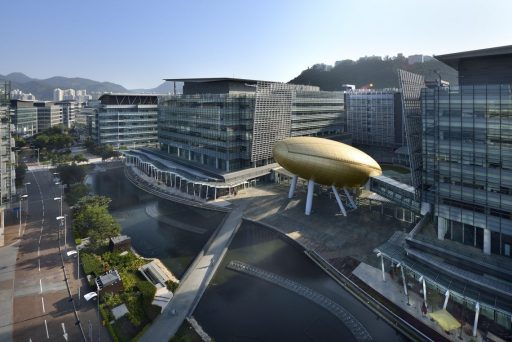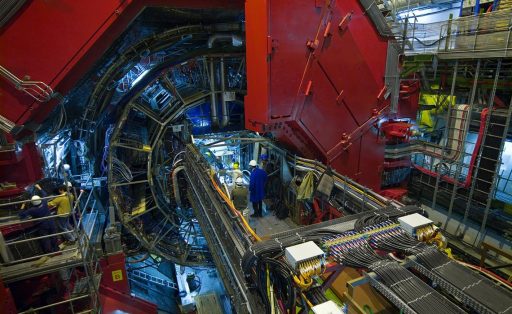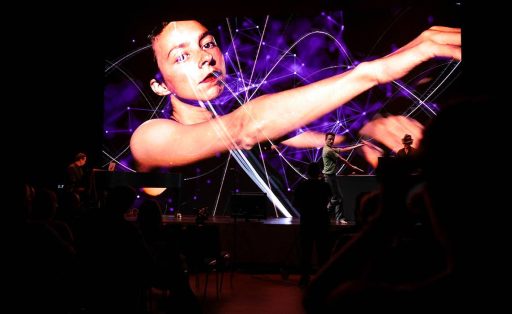Free Wi-Fi is a luxury we have come to expect at cafes, airports, on commuter trains or in the hotel we are staying at. But are you actually aware of how vulnerable you are when you are using a public Wi-Fi hotspot?
When the Sheba Cancer Research Center in Tel Aviv wanted to transfer 300 terabytes of data from the US National Cancer Institute Center for Cancer Genomics in Chicago to local storage to advance their research, they thought the process would be relatively straightforward. It wasn’t, and so they sought advice from Israel’s NREN to find the solution.
Researchers at La Trobe University, Australia, collaborate with colleagues conducting fieldwork at archeological sites across Africa. FileSender, a solution enabling these researchers and thousands of others worldwide to transfer large datasets from the field to the lab, is now benefiting from a new home for sustainable R+E software development.
How do you screen billions of drug compounds to find the right one? Connect a research team at the University of Alberta with a supercomputer 2,700 km away in Ontario using Canada’s high-speed national research and education network. Leveraging this powerful infrastructure, Dr. Michael Houghton and colleagues are speeding up the time it takes for life-saving drugs to be identified from months or years to weeks.
Students at Queen Mary University of London’s partner universities in China need seamless access to UK-hosted course materials – whether on campus or off. Here’s how Jisc helped improve their digital experience, by working with networks and providers behind the scenes.
Students at Kyambogo University in Uganda put their skills to good use building an application to improve services… and create a startup company ZEENODE, which results in jobs for themselves and the wider community along the way.
Research & Education networks go where their customers go. So, while research and education grows increasingly global, networks do the same. One recent example is the prestigious Swedish Karolinska Institute’s opening of its first hub outside Sweden, the Ming Wai Lau Centre for Reparative Medicine in Hong Kong.
Students and researchers work with their peers in the international scientific community, increasing technology transfer and building capacity, while stimulating greater public interest in related fields, such as proton therapy cancer treatment.
How Jisc helped improve the point-to-point link between the University of Hull and its China office – contributing to a rise in student recruitment
The observation in August 2017, for the first time ever, of the merging of two neutron stars was the result of an important collaboration between the American and Italian interferometers LIGO and VIRGO. This discovery initiates the era of “multimessenger astrophysics,” which promises to reveal exciting new insights about the Cosmos.
The net:art project is harnessing the power of audio-visual transmission technologies for the performing arts. This is about enabling artists to interact with one another and their audiences, despite the distances that separate them.
The skies of Latin America have captivated stargazers for centuries. Today, the landscape is dotted with many of the world’s most advanced and important regional, national and international observatories, providing forefront access to the heavens and beyond – enabling groundbreaking research to advance our knowledge of the universe.












